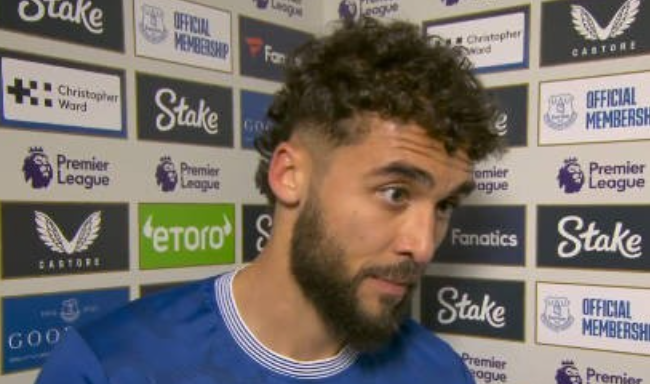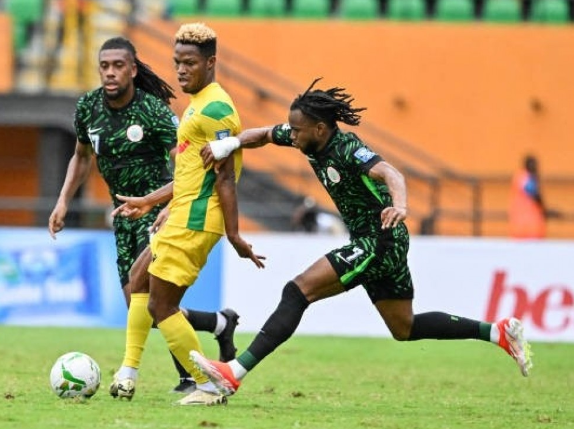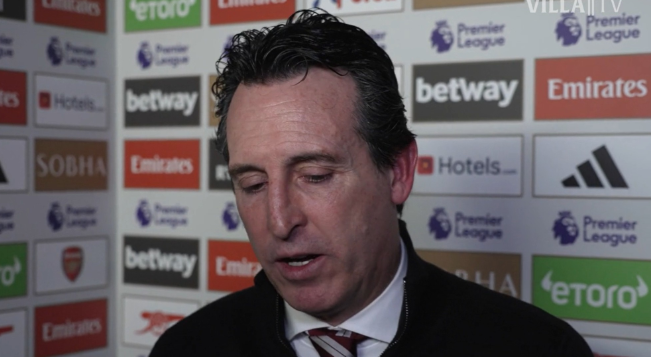Do people want to get close to pro stars? Do people like to see players up close? Let's introduce the special approach of Japanese soccer J-League. Formerly known as Tokyo Gas FC, FC Tokyo was founded in 1935, and the current team was established in 1998 by Tokyo Gas and Tokyo Electric Power. The team's bright red and blue color scheme is very pretty, and the mascot Dorompa is also very popular with spectators. As the only Tokyo-based team in the J1 League, the team is supported by many local people.
The current home stadium is the Ajinomoto Stadium, which is sponsored by Ajinomoto Japan, hence the name. FC Tokyo has had its ups and downs in the past, winning the Japan League Cup twice in 2004 and 2009, and the Emperor's Cup in 2011.
Before we begin, let's introduce FC Tokyo's current head coach Kenta Hasegawa, who has been the head coach of the famous Osaka Flyers for many years, and is also a well-known Japanese international soccer player in the past, so why do we have to mention the head coach in particular? Because he has an interesting anecdote that he used to be classmates with Sakurako, the author of "Cherry Maruko" who passed away last year, at Shimizu Municipal Irie Elementary School, and that Sakurako asked him to add his character to the manga.
FC Tokyo's practice area, usually at the FC Tokyo Kodaira practice field, is next to the players' dormitory, so the players usually go back to rest after practice. There is a left and right side of the practice field, and on the day I visited, the other side of the field was being borrowed by another team for a game. Usually practices are held in the morning, afternoon, or just in the morning, and occasionally there is even an outside game. It's easy to find out when practices are held, as FC Tokyo usually posts the time, place, and program of the day on their website. Most of the J-League teams have similar practices.
In addition to announcing the status of practice, it will also announce the details of the fan service, such as whether you can sign autographs, take photos, or can only shake hands with the players on that day, the time point of the fan service, will be clearly written on the Internet, and even the standard process, perhaps this is also a way to increase fan support?
On that day, there was only a morning practice, which consisted of warming up, the goalie leading the way, other people doing tactics, and finally everyone playing a practice game against the red and white. At the end of the game, the team's staff will come and tell the spectators that they can wait for the players at the fan service, and at this time, there will also be reporters waiting for the players, ready to do interviews, because it was just a few days before the start of the season, so the content of the interviews is probably to ask how to prepare for the start of the season, and what their expectations are and so on.
Because fans are confined to one area, players who want to sign autographs or interact with fans will come over and interact with them one by one, while those who don't want to interact or are injured will leave through another exit, but almost all players will interact with fans. At the same time, many of the players who left from the other exit came back to interact with the fans after washing their clothes and freshening up. The ball team personnel even prepared signing pens, helped the fans to get gifts for the players, and helped the players to carry utensils, which was really very careful in taking care of the fans.
What's more interesting is that FC Tokyo has two Brazilian players, and the fan standing next to me that day was actually able to talk to them in simple Brazilian, which was really professional.
I went there at the end of February this year, before the start of the J-League, and even though it was a weekday when I went, there were still about 100 fans there, so Japanese people are really into sports.
FC Tokyo's Kodaira practice facility is located near Kodaira Station on the Seibu-Shinjuku Line, but it's a 20-minute walk, so a more convenient way to get there is to take the train to Hana-Koganei Station, walk to the bus stop in front of Hana-Koganei Station, then take Bus 21 to Higashi-Kurume Station, and get off in front of Nishijo Gakuin, and you're there.
Every country, even every sport, has a different approach. Even the Japanese feel that the J-League, which takes the best care of its fans, treats its fans with the utmost care, so do we think that Taiwan can take a look at this as well? Or which professional program would be more suitable? Maybe if you have the chance, you can also go to Japan and become a highly favored fan.
(Photos taken by Tokyo Freshman, for Sports Vision only, please do not reproduce)
2019 Spring Training Related Articles:
soccer ball
Just won the first AFC Champions League title, Kashima Antlers sell the spring training for the new season.
The Omiya squirrels are trying to return to J1 in spring training.
Fukuoka Hornets to strive for J1 status
Kanazawa Savigan, who has had exchanges with Taiwan, is looking forward to the next level.
A day in the life of Yokohama Marinos, a popular J-League team
We're going to work hard to make Osaka Sakura better.
The local representative team, Sendai Vigatai, is looking forward to a good performance.
soccer
Without giving up, Nippon Ham operates the Kamaya Second Army Stadium without interruption.
Rookies train together on their own, Giants rookie fights to grab 1st Army ticket
Yomiuri Giants to regain Japan's No. 1 spot after the season.
Challenging a three-peat SoftBank Hawk runners make positive adjustments
The Seibu Lions will try to lose the Nippon Ichi title after 10 years.
The policy is that fans come first, and ORIX keeps the fans full.
Yakult Swallows' Second Army Training Veterans and Rookies Pitching for First Army Chances
Outside of Hiroshima, Aburayasu is the city that loves the Carp.
soccer league
Interview]
The first challenge is to solve the 30 million dollar debt.
soccer league
Looking forward to financial equilibrium as soon as possible
Fan Shine! Future goals, national team plans
soccer league
I'll tell you all about it.
Blueprints for soccer professionalization, international exchanges and more
soccer league
Under-Secretary-General: openness and transparency as a primary objective






























